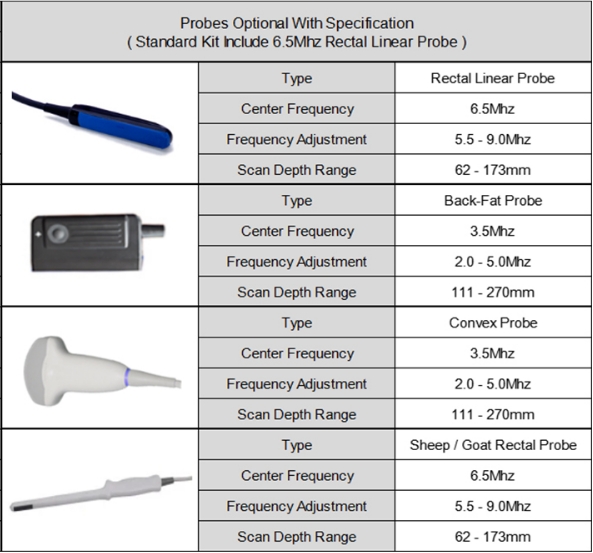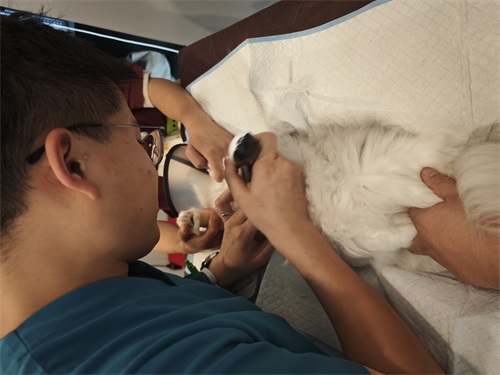The Veterinary ultrasound industry is undergoing rapid transformation, driven by technological advancements and growing demand for precision livestock management. As a farm owner deeply invested in animal health, I've witnessed firsthand how modern ultrasound systems are revolutionizing large animal care.

Recent breakthroughs in transducer technology now allow for clearer imaging of deep tissues in cattle, horses, and other livestock. High-frequency linear arrays (7.5-15 MHz) provide exceptional detail for reproductive exams, while convex probes (2-5 MHz) penetrate deeper for organ assessment. Portable units from manufacturers like BXL have made field diagnostics remarkably accessible, with some models offering battery operation for remote farm use.

Artificial intelligence integration represents the most exciting frontier. Machine learning algorithms can now assist in interpreting scans, identifying early pregnancy with 98% accuracy by day 28 in cattle - a game-changer for breeding programs. Automated measurements of backfat thickness and muscle area help optimize feeding regimens, directly impacting farm profitability.
Three-dimensional imaging, once exclusive to human medicine, is entering veterinary practice. Volumetric scans reveal fetal development in unprecedented detail, allowing detection of congenital abnormalities. For dairy operations, this technology improves genetic selection by enabling early evaluation of heifer potential.
The miniaturization trend continues with handheld devices weighing under 2kg. These rugged units withstand farm conditions while delivering diagnostic-quality images. Wireless connectivity enables real-time consultation with specialists - a valuable resource when dealing with complex cases in remote locations.

Looking ahead, researchers are developing contrast-enhanced ultrasound for livestock, potentially transforming how we diagnose liver conditions and circulatory disorders. Another promising area is elastography, which assesses tissue stiffness to detect fibrosis or tumors non-invasively.
As these innovations mature, they'll fundamentally change how we maintain herd health. Ultrasound has evolved from a reproductive tool to a comprehensive diagnostic platform, and its role in preventive medicine will only expand. For forward-thinking farmers, staying informed about these developments isn't optional - it's essential for competitive, ethical livestock production.
The convergence of better hardware, smarter software, and practical farm applications ensures veterinary ultrasound will remain indispensable in modern animal agriculture. While challenges like training and cost persist, the long-term benefits for animal welfare and operational efficiency make this technology worth embracing.
tags:


